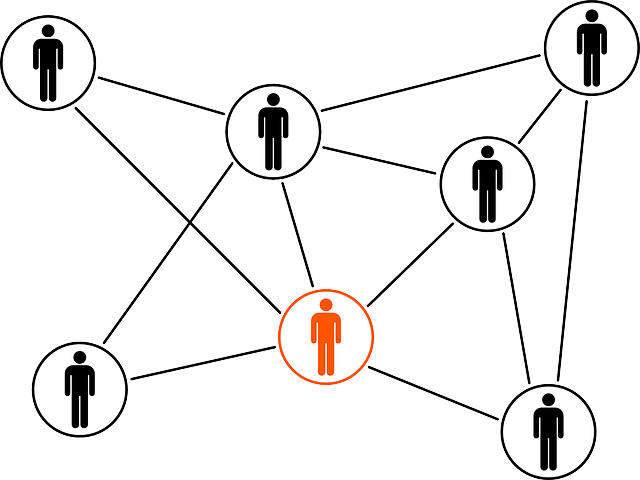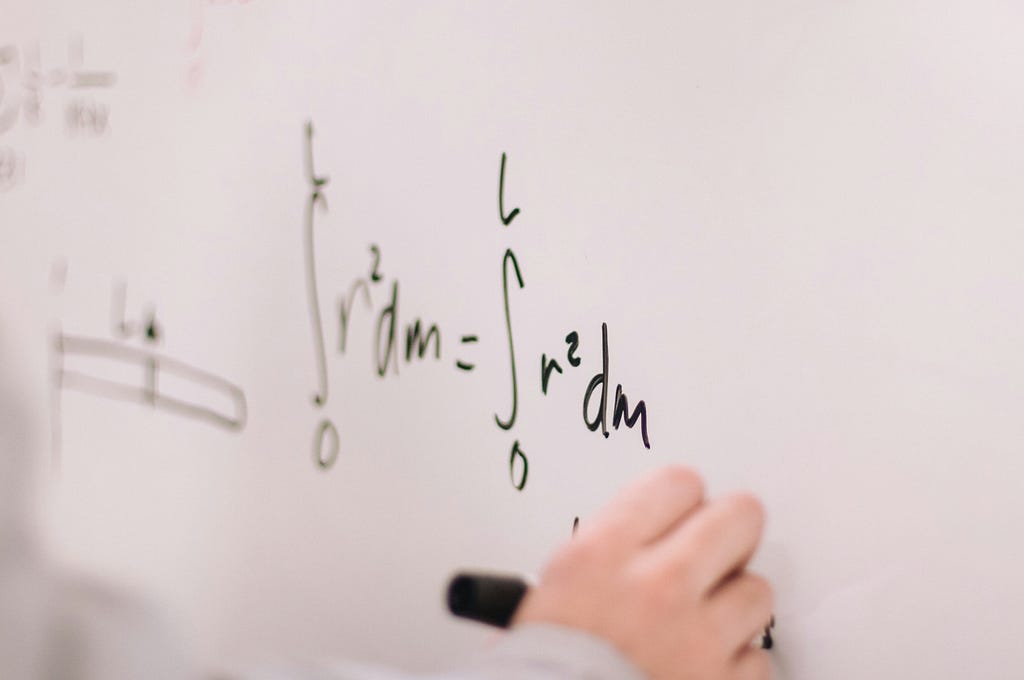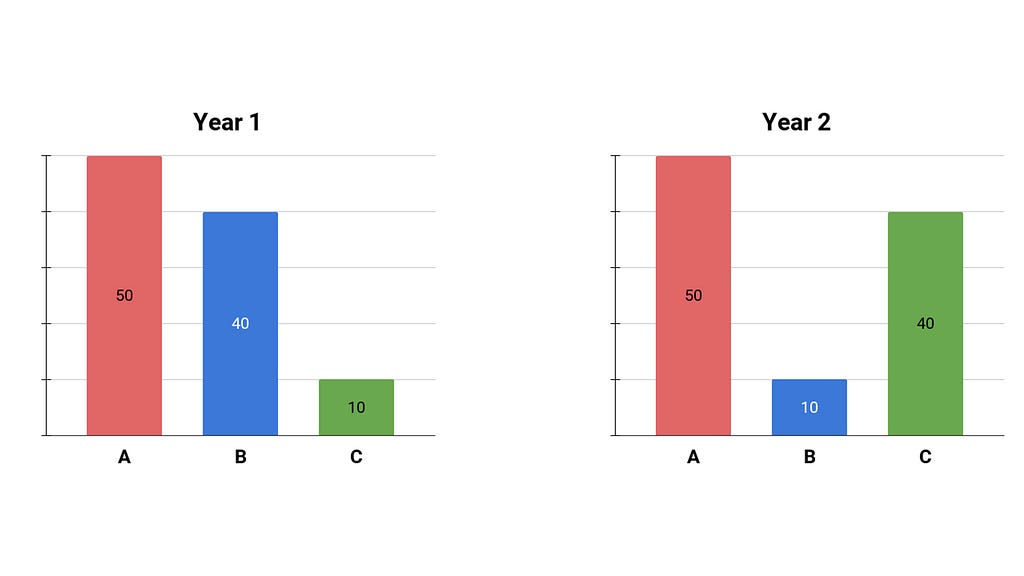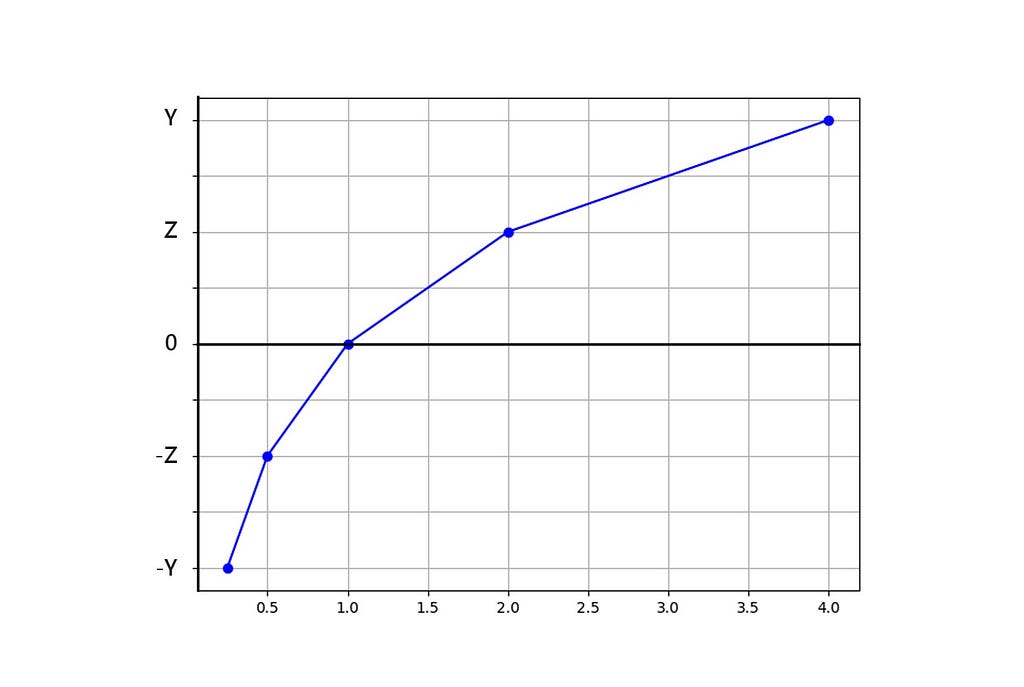Go here to Read this Fast! Chainlink whales enter $130m profit-taking spree; will LINK price react?
Originally appeared here:
Chainlink whales enter $130m profit-taking spree; will LINK price react?
Go here to Read this Fast! Chainlink whales enter $130m profit-taking spree; will LINK price react?
Originally appeared here:
Chainlink whales enter $130m profit-taking spree; will LINK price react?
The Korea Financial Intelligence Unit (KoFIU) announced a sweeping plan to enhance supervision of the crypto industry, which includes expelling crypto exchanges that fail to meet stringent operational standards, according to local media reports on Feb. 12. The initiative is part of South Korea’s effort to bolster financial oversight and consumer protection in the fast-evolving […]
The post Korean watchdog to ban crypto exchanges that fail to meet stringent new regulatory standards appeared first on CryptoSlate.
Originally appeared here:
Korean watchdog to ban crypto exchanges that fail to meet stringent new regulatory standards



Institutional inflows continue to flood the market, with new analysis predicting a significant price appreciation for the benchmark cryptocurrency.
Originally appeared here:
Pundit Convinced Bitcoin Will Hit $112,000 This Year Buoyed By ETFs Flows; Tips $55K As Worst Case Scenario



Despite myriad developments in the market, XRP’s price action remains rather muted, ruffling the feathers of some of the XRPArmy.
Originally appeared here:
Wen $4 XRP All-Time High? — XRP Army Demand Action From Ripple Regarding Poor Price Performance


In this first article, we’re exploring Apache Beam, from a simple pipeline to a more complicated one, using GCP Dataflow. Let’s learn what…
Originally appeared here:
Apache Beam: Data Processing, Data Pipelines, Dataflow and Flex Templates
Go Here to Read this Fast! Apache Beam: Data Processing, Data Pipelines, Dataflow and Flex Templates


Learn to build a Graph Convolutional Network that can handle heterogeneous graph data for link prediction
Originally appeared here:
How to Build a Graph-based Neural Network for Anomaly Detection in 6 Steps

Today, we will be discussing KL divergence, a very popular metric used in data science to measure the difference between two distributions. But before delving into the technicalities, let’s address a common barrier to understanding math and statistics.
Often, the challenge lies in the approach. Many perceive these subjects as a collection of formulas presented as divine truths, leaving learners struggling to interpret their meanings. Take the KL Divergence formula, for instance — it can seem intimidating at first glance, leading to frustration and a sense of defeat. However, this isn’t how mathematics evolved in the real world. Every formula we encounter is a product of human ingenuity, crafted to solve specific problems.
In this article, we’ll adopt a different perspective, treating math as a creative process. Instead of starting with formulas, we’ll begin with problems, asking: “What problem do we need to solve, and how can we develop a metric to address it?” This shift in approach can offer a more intuitive understanding of concepts like KL Divergence.
Enough theory — let’s tackle KL Divergence head-on. Imagine you’re a kindergarten teacher, annually surveying students about their favorite fruit, they can choose either apple, banana, or cantaloupe. You poll all of your students in your class year after year, you get the percentages and you draw them on these plots.

Consider two consecutive years: in year one, 50% preferred apples, 40% favored bananas, and 10% chose cantaloupe. In year two, the apple preference remained at 50%, but the distribution shifted — now, 10% preferred bananas, and 40% favored cantaloupe. The question we want to answer is: how different is the distribution in year two compared to year one?
Even before diving into math, we recognize a crucial criterion for our metric. Since we seek to measure the disparity between the two distributions, our metric (which we’ll later define as KL Divergence) must be asymmetric. In other words, swapping the distributions should yield different results, reflecting the distinct reference points in each scenario.
Now let’s get into this construction process. If we were tasked with devising this metric, how would we begin? One approach would be to focus on the elements — let’s call them A, B, and C — within each distribution and measure the ratio between their probabilities across the two years. In this discussion, we’ll denote the distributions as P and Q, with Q representing the reference distribution (year one).
For instance, P(a) represents the proportion of year two students who liked apples (50%), and Q(a) represents the proportion of year one students with the same preference (also 50%). When we divide these values, we obtain 1, indicating no change in the proportion of apple preferences from year to year. Similarly, we calculate P(b)/Q(b) = 1/4, signifying a decrease in banana preferences, and P(c)/Q(c) = 4, indicating a fourfold increase in cantaloupe preferences from year one to year two.
That’s a good first step. In the interest of just keeping things simple in mathematics, what if we averaged these three ratios? Each ratio reflects a change between elements in our distributions. By adding them and dividing by three, we arrive at a preliminary metric:

This metric provides an indication of the difference between the two distributions. However, let’s address a flaw introduced by this method. We know that averages can be skewed by large numbers. In our case, the ratios ¼ and 4 represent opposing yet equal influences. However, when averaged, the influence of 4 dominates, potentially inflating our metric. Thus, a simple average might not be the ideal solution.
To rectify this, let’s explore a transformation. Can we find a function, denoted as F, to apply to these ratios (1, ¼, 4) that satisfies the requirement of treating opposing influences equally? We seek a function where, if we input 4, we obtain a certain value (y), and if we input 1/4, we get (-y). To know this function we’re simply going to map values of the function and we’ll see what kind of function we know about could fit that shape.
Suppose F(4) = y and F(¼) = -y. This property isn’t unique to the numbers 4 and ¼; it holds for any pair of reciprocal numbers. For instance, if F(2) = z, then F(½) = -z. Adding another point, F(1) = F(1/1) = x, we find that x should equal 0.
Plotting these points, we observe a distinctive pattern emerge:

I’m sure many of us would agree that the general shape resembles a logarithmic curve, suggesting that we can use log(x) as our function F. Instead of simply calculating P(x)/Q(x), we’ll apply a log transformation, resulting in log(P(x)/Q(x)). This transformation helps eliminate the issue of large numbers skewing averages. If we sum the log transformations for the three fruits and take the average, it would look like this:

What if this was our metric, is there any issue with that?
One possible concern is that we want our metric to prioritize popular x values in our current distribution. In simpler terms, if in year two, 50 students like apples, 10 like bananas, and 40 like cantaloupe, we should weigh changes in apples and cantaloupe more heavily than changes in bananas because only 10 students care about them, therefore it won’t affect the current population anyway.
Currently, the weight we’re assigning to each change is 1/n, where n represents the total number of elements.

Instead of this equal weighting, let’s use a probabilistic weighting based on the proportion of students that like a particular fruit in the current distribution, denoted by P(x).

The only change I have made is replaced the equal weighting on each of these items we care about with a probabilistic weighting where we care about it as much as its frequency in the current distribution, things that are very popular get a lot of priority, things that are not popular right now (even if they were popular in the past distribution) do not contribute as much to this KL Divergence.
This formula represents the accepted definition of the KL Divergence. The notation often appears as KL(P||Q), indicating how much P has changed relative to Q.

Now remember we wanted our metric to be asymmetric. Did we satisfy that? Switching P and Q in the formula yields different results, aligning with our requirement for an asymmetric metric.
Firstly I do hope you understand the KL Divergence here but more importantly I hope it wasn’t as scary as if we started from the formula on the very first and then we tried our best to kind of understand why it looked the way it does.
Other things I would say here is that this is the discrete form of the KL Divergence, suitable for discrete categories like the ones we’ve discussed. For continuous distributions, the principle remains the same, except we replace the sum with an integral (∫).
NOTE: Unless otherwise noted, all images are by the author.
Understanding KL Divergence Intuitively was originally published in Towards Data Science on Medium, where people are continuing the conversation by highlighting and responding to this story.
Originally appeared here:
Understanding KL Divergence Intuitively
Go Here to Read this Fast! Understanding KL Divergence Intuitively


Originally appeared here:
How Booking.com modernized its ML experimentation framework with Amazon SageMaker



Currently, the Apple Vision Pro has a library of about 600 apps, but it remains to be seen if any are considered the killer app yet. The $3,500 barrier to entry, coupled with units still shipping out to developers, means that any insights that can be gleaned just yet may not hold true over the next several months.
However, it’s worth looking at what’s worked and what hasn’t. Tom Ffiske, of Immersive Wire reached out to developers to see why some apps are doing well and others are not.